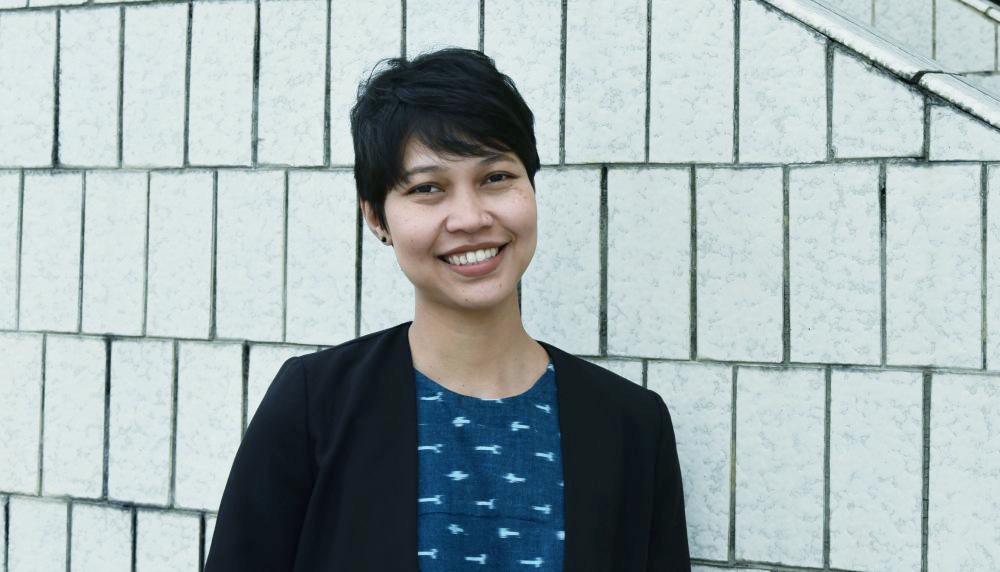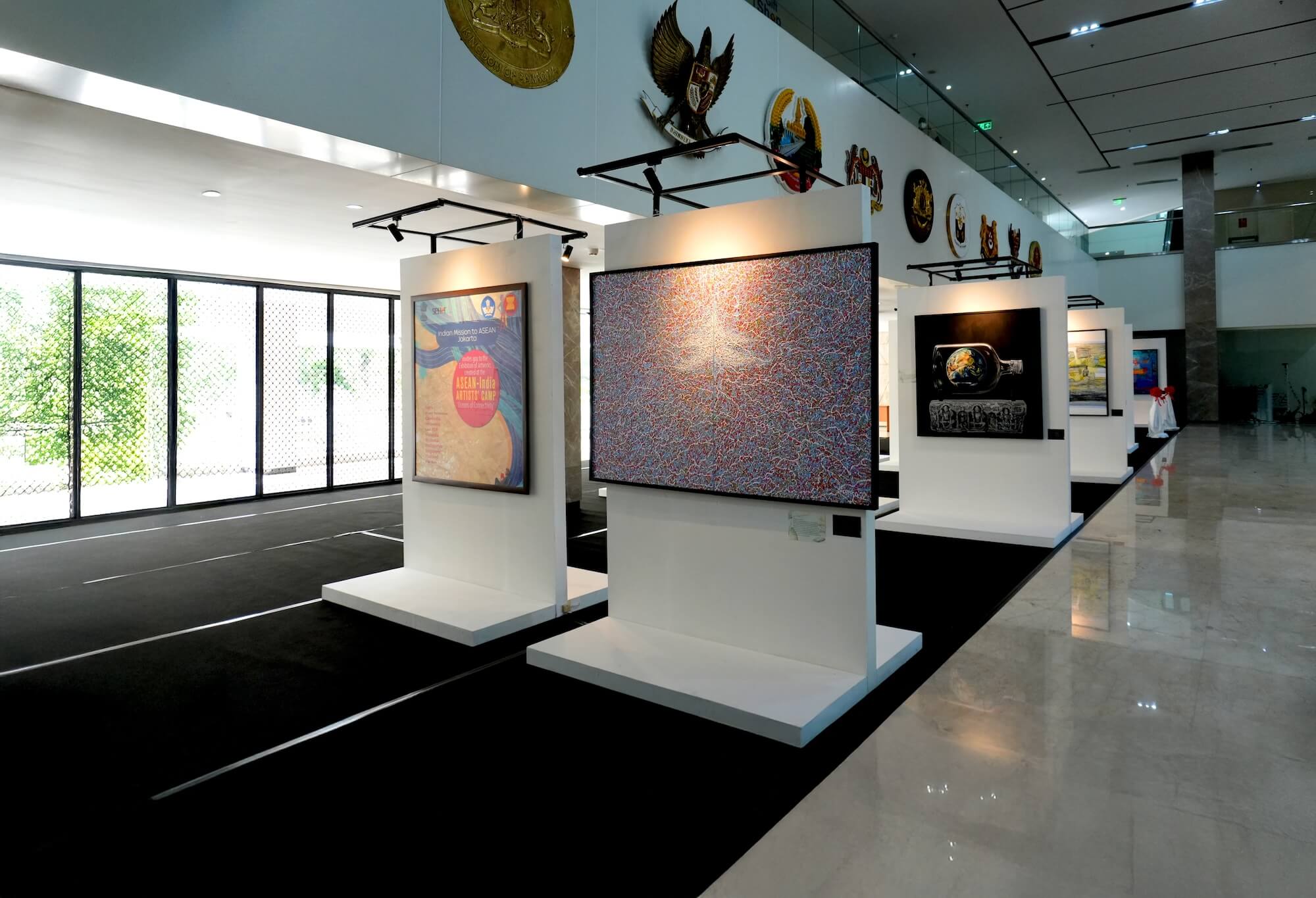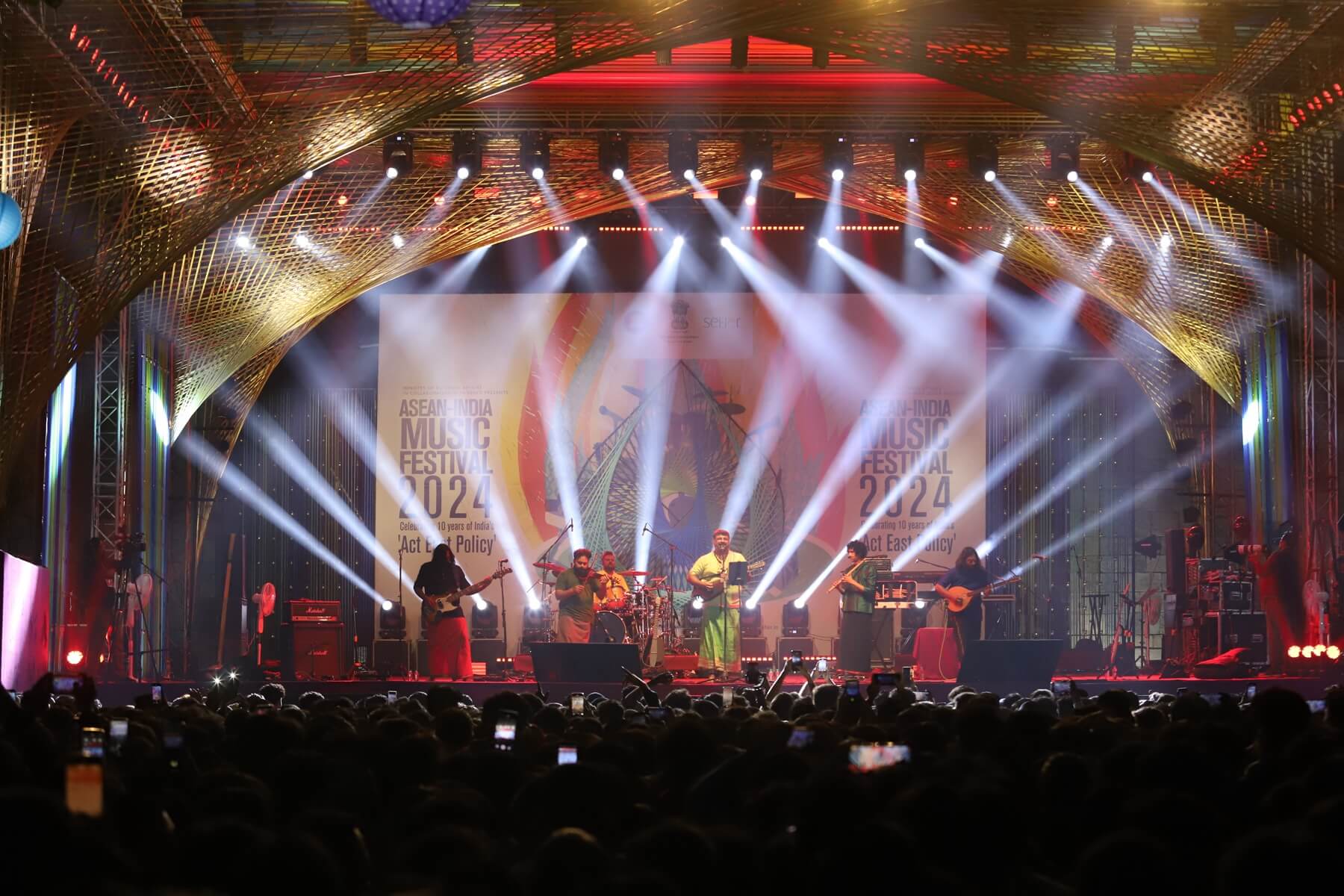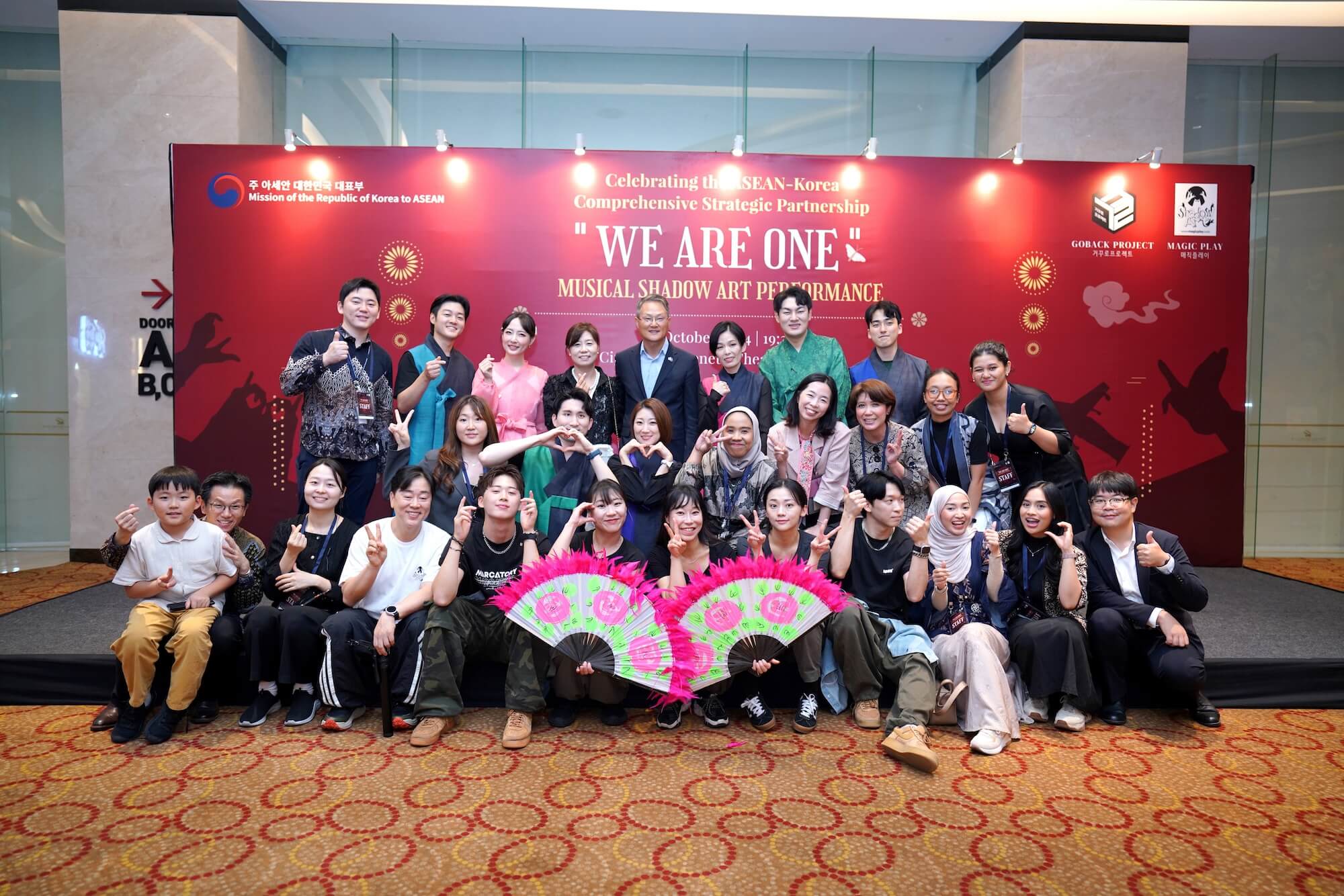




NFTs or non-fungible tokens are creating a buzz in the art world and creatives in Southeast Asia are buying in. They are latching on to the craze, experimenting with their digital work, and gearing up to take the NFT scene by storm.
But what is an NFT? Christie’s auction house defines an NFT as a unique, digital certificate that is stored on a blockchain (distributed ledger of transactions that is not controlled by a central authority) and provides ownership rights of digital assets. In a digital world where it is easy to replicate things, NFT can imprint ownership rights in all kinds of digital assets.
The NFT craze began to explode earlier this year when American artist Mike Winkelmann, known as Beeple, sold an NFT digital artwork at a whopping 69.3 million US dollars through Christie’s auction house. This record sale has sparked huge interest in NFT worldwide.
Photographer-turned-NFT artist Shavonne Wong from Singapore and the Philippine’s first NFT artist Luis Buenaventura share their personal stories in the NFT art scene with The ASEAN.
Shavonne Wong
Shavonne has been a fashion and advertising photographer for 11 years and appeared as a guest photographer at Asia’s Next Top Model TV programme. Her photographs have been featured in top fashion magazine covers and cosmetic brands, such as Vogue Germany and Lancôme. She is also part of the 2020 Forbes 30 Under 30 Asia list in 2020..
When the pandemic hit, she put her photography activities on hold. Not wanting to keep her creative mind going dull, she started thinking of ways to be productive—making virtual models that juxtapose realism and surrealism. After so many hours of YouTube tutorials and months of experimentation, she started to see progress with her virtual model project.
“When I started doing realistic models, it was with the intention to go to commercial clients, asking them if they wanted to use my virtual models for their campaigns. But I found that it was slightly difficult because it’s new and it’s hard for them to wrap their heads around it,” says Shavonne, whose work was recently featured on the first-ever NFT Vogue cover.
After she learned about NFT from her husband, she decided to give it a shot and found out how exciting the NFT scene is as it provides room for everyone to explore creative freedom.
“It’s all about my own art in NFT; I get to do everything that I want to, literally all that I want to try and experiment with. A space for digital artists is limited in the traditional art scene, and it’s interesting to see how NFT allows a real space for digital artists, a space to earn money from digital art,” she says.
A seasoned photographer, Shavonne has transferred her photography skills in the making of NFT artworks. All her virtual models are women, and she brings her photography composition and lighting angle into her 3D project. “The way I like in real life is basically the kind of way I would like in 3D.”
Almost all her NFT artworks have been sold, ranging from 1.25 Ether (around 5,400 US dollars) to 7 Ether (around 25,500 US dollars). She will get a cut of the cake if the buyer of her artwork resells it at a higher price.
For now, Shavonne wants to focus on improving her skill in minting an art on NFT. As a new kid on the block, she wants to make her name in the NFT art scene, to stand out and be known “because in every new space you don’t have to be best you just have to be available, and I want to be the best and available.”
Luis Buenaventura
Luis is the first NFT artist from the Philippines. He has been working in cryptocurrencies since 2014 but only learned about NFT in 2017 when he joined Curio Cards project—a set of 30 collectible digital cards created by seven artists, including three cards by Luis.
None of the cards were sold back then, but when Curio Cards was discovered in March 2021 as one of the first digital arts minted on NFT, crypto enthusiasts started to buy, sell, and resell every single copy. “It was originally sold for like 2 US dollars, but now some are selling for 12,000 US dollars a copy. Seven of us continued to make 1 per cent of royalties from those sales,” says Luis, who studied Fine Arts at the University of Philippines.
In October, a collector sold a set of the card for 1.2 million US dollars through Christie’s in New York. The total sales volume of CurioCards as of October has reached over 30,000 Ether, or around 120 million US dollars.
“It’s very interesting to watch how the NFT smart contract can still exist even when the business layer has disappeared, meaning your rights as an artist continue to be protected even if the business entity is no longer around.”
Luis redirects his royalties and proceeds from his other digital art sales to set up an initiative, called Cryptopop Art Guild, to help young Filipino artists from underprivileged communities create a sustainable income as they learn to become better artist. His decision to establish the guild came after he received a piece of art from a girl who drew it with her fingers on her mobile phone.
“I thought about these talented kids in the Philippines who don’t have the opportunity to move further because they are coming from a marginalised community. And with the guild, these kids might have a shot,” he says.
The guild, built only in September, organises artistic, business, and technology mentorship sessions for its 195 young artists. Luis plans to hold an exhibition in December to showcase the works of the guild members.
Future of NFT Art
The benefits that NFT offers seem to have promised a bright path for NFT art. But artists may find challenges as they jump on the NFT bandwagon.
Luis points out how some barriers of entry, like learning about crypto currency, blockchain, and secret phrases in crypto may turn people off when they set their foot in NFT. “These barriers have existed in the crypto world since it was invented, but it’s a little bit more pronounced now,” says Luis, who penned two books on cryptocurrencies titled The Little Bitcoin Book (2019) and Reinventing Remittance with Bitcoin (2017).
Shavonne agrees, saying that no matter how confusing the crypto world may be, those who want to join the NFT scene must learn about it. She warns of the expensive gas fee that artists pay when doing transactions on NFT. The amount can even reach a whole month of salary in some countries.
“Would you put a month’s salary on a bet that your works are going to sell? I’ve seen lots of artists where it increases their lives by doing NFT, but there’s still a bit of gamble involved,” she says.
Luis adds that the art guild he established was a way to help artists in dealing with such fees.
Regardless of the challenges, Luis and Shavonne are optimistic about the future of NFT in the region.
“NFT art scene is such a game changer because for many artists in Southeast Asia, it puts the artworks in front of an audience who does not care about where you are from, unlike in traditional art. Another nice thing about NFT art is that you don’t have to get boxed into styles, and you can do the thing you want to grow,” Luis says.
Shavonne highlights the growing discourse of NFT almost everywhere, with a good number of creators from Southeast Asia starting to join the NFT movement.
“The boom is just less than a year, but people are starting to know more about it. There are more mentions in the media, more platforms to exhibit the works, and more people are talking about it. It’s slightly more mainstream, but not mainstream yet,” says Shavonne.
NFT 101
What is cryptocurrency? It’s a digital or virtual currency that is secured by cryptography, making it nearly impossible to counterfeit or double-spend. Many cryptocurrencies are decentralised networks based on blockchain technology. The largest and most well-known cryptocurrency is Bitcoin, followed by Ethereum and Dogecoin.
What is blockchain? It refers to the collective record (called a ledger) that stores cryptocurrency transactions, like a communal Excel spreadsheet. The same infrastructure documents both things, showing the close link between non-fungible tokens as a concept and cryptocurrency.
Is NFT only for digital art? NFT can be used for all digital items, such as gaming, album release, digital memorabilia, and even film distribution.
What does NFT minting mean? It refers to the creation of an NFT and its recordation on a blockchain for the first time.
Easy Steps to Create an NFT
- Prepare the digital assets.
- Purchase Ether, the cryptocurrency of the Ethereum blockchain. It can be bought on various platforms, such as Coinbase and Kraken. There are many blockchain platforms to make NFTs, but popular NFT marketplaces currently use Ethereum.
- Set up a digital wallet and transfer Ether to it.
- Pick an NFT marketplace, connect the wallet, and create an account.
- Create the NFT. Users need to upload the digital assets and the minting process will start. Once minted, users can sell the NFT with a fixed price or a bidding.
Source:
https://101blockchains.com;
https://www.domusweb.it/ en/news/2021/05/13/how-to-mint-your-own-nft-in-5-simplesteps.html;
https://intercom.help/foundation-529b3c2d3a16/ en/articles/4731452-a-complete-guide-to-getting-eth-and-awallet-with-metamask; artfairphillipines.com; Popular Mechanics; Investopedia; Christie’s Auction House








